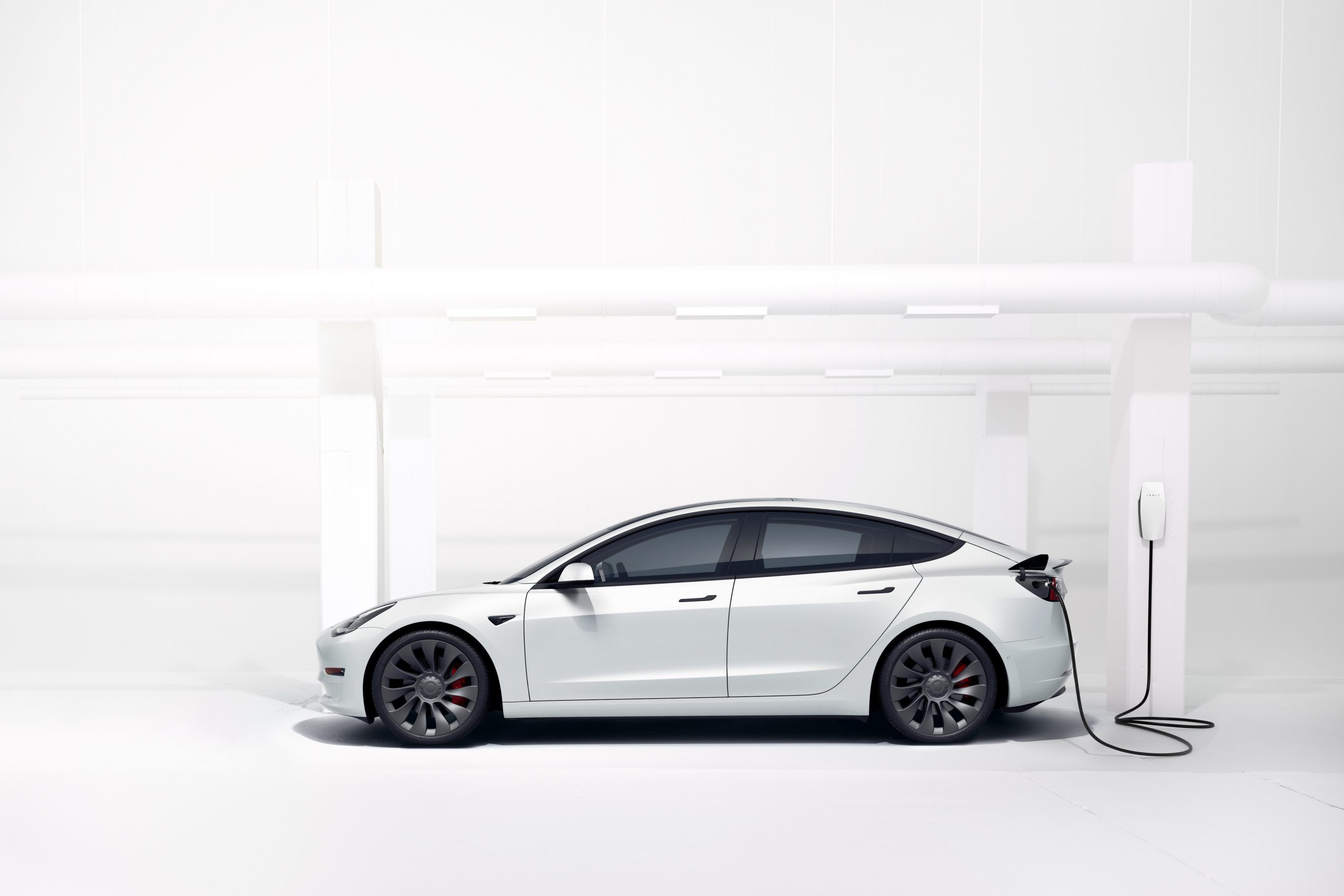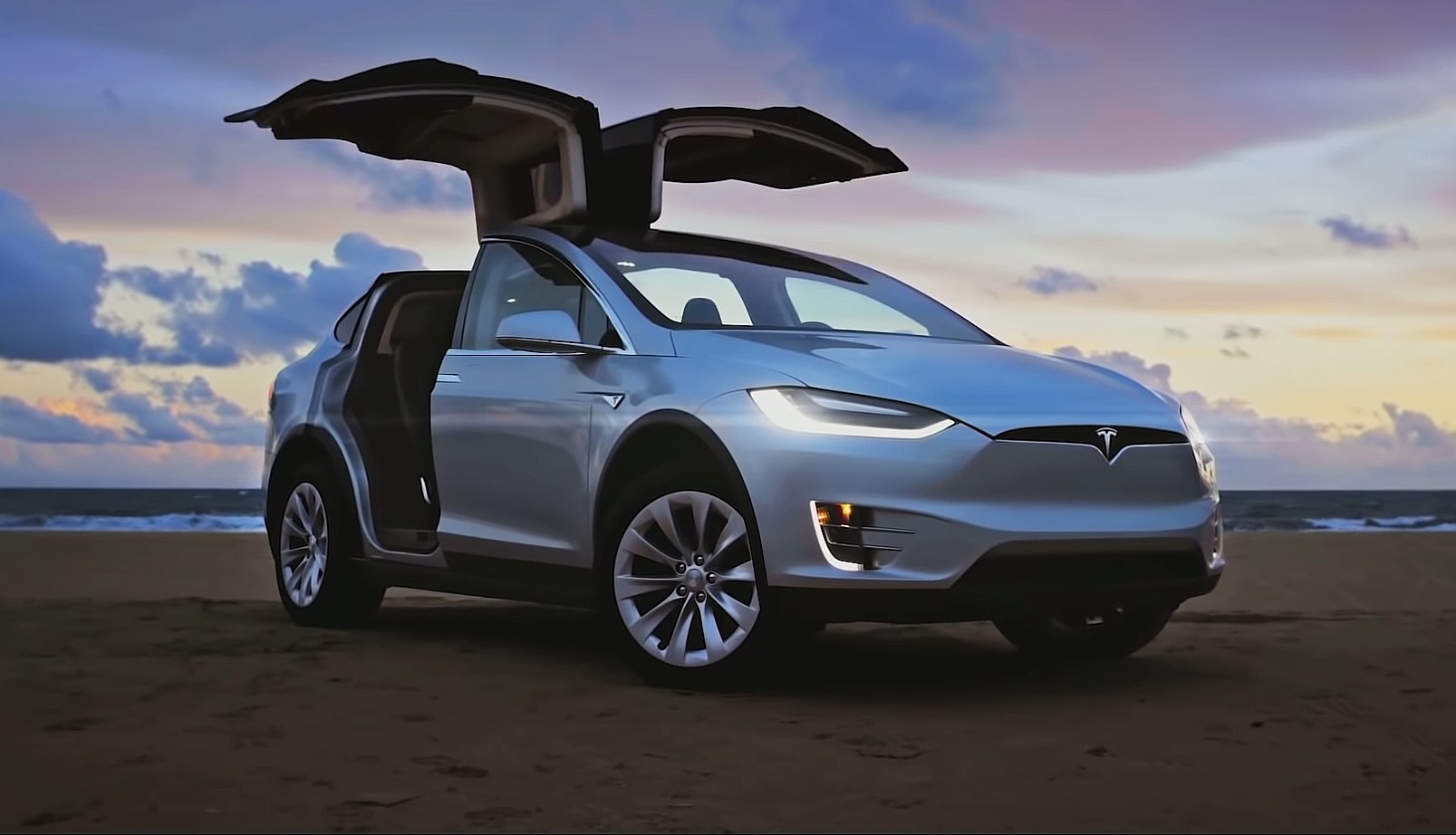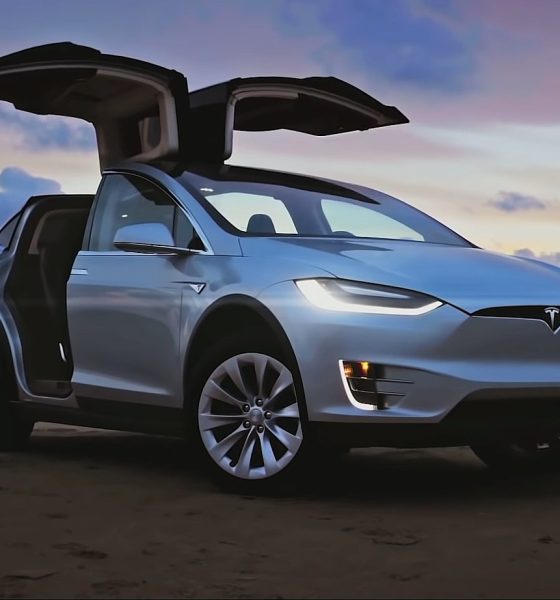Tesla has a knack for not performing well in some reliability and dependability surveys, and the most recently released assessment from Consumer Reports continued that trend after the electric automaker finished 27th out of 28 total brands. The report comes just days after Tesla’s Model 3 and Model S claimed two of the top three spots on Consumer Reports’ list of most satisfying cars on the market.
Only Lincoln, a brand of legacy automaker Ford, finished below Tesla. The Model X was rated Tesla’s least reliable vehicle and received 5 out of 100 possible points.
Tesla’s four all-electric vehicles boast some of the best performance and technology on the market. Ask some of the world’s biggest non-profit organizations that handle the automotive sector, and they will regularly conclude Tesla is near the bottom of the barrel. This year’s Reliability Survey from Consumer Reports showed that only the Model 3 was rated with “average” reliability, the highest mark Tesla scored in the assessment. Tesla’s other three vehicles were considered “below average.”
Tesla trifecta dominates Consumer Reports’ list of most satisfying cars on the market
Consumer Reports says that it obtains its reliability data from the Auto Surveys sent to CR members every year. The organization received responses on over 300,000 vehicles this year, detailing information from model years 2000 to 2021. CR asks about reliability and satisfaction to obtain information regarding brands. On its website, Consumer Reports shows how it obtains its rankings for reliability:
“For reliability, we ask members to note any problems with their vehicles that occurred in the previous 12 months. They are asked to identify problems that they considered serious (because of cost, failure, safety, or downtime). We ask them to include problems covered by warranty, but not the ones resulting from accident damage or due solely to recall. Respondents check off problems from a list of trouble areas, ranging from the engine and transmission to climate system, brakes, electrical system, and power accessories. They also tell us in writing (verbatim) specifically what their experiences were to help us understand precisely what problems they are having.”
Interestingly, recent reports from Tesla owners have indicated that build quality has never been better. While customer service is a noted weak point of Tesla, the company still maintains relatively positive experiences with its service. Additionally, the lack of maintenance for an electric vehicle is significantly less. However, there are plenty of owners who are also members of CR that are indicating their cars are not super reliable.
The Model 3 obtained a score of 59 for its reliability rating. The Model S, Y, and X received 20,18, and 5, respectively.
The Model 3 was the only vehicle to score an “Average” rating in CR’s new Reliability Survey. (Credit: Tesla)
CR Director of Vehicle Testing Jake Fisher said that the Model X received incredibly low scores because of continuing issues with its falcon-wing doors. Additionally, The Model Y SUV has build quality issues, Fisher said, especially with “poorly fitting body panels, leaks, and issues with its climate control system,” he said to Reuters. Additionally, in typical CR fashion, the publication took a dig at Tesla’s Full Self-Driving feature, where Fisher said, “Full Self-Driving is not Full Self-Driving at all. It’s a convenience feature.”
Consumer Reports’ has regularly been highly critical of Tesla, so the survey results should be taken with some caution. Tesla has had a tumultuous relationship with the build quality of its vehicles, but has refined manufacturing processes in its facilities for years. CEO Elon Musk has stated that he is open to constructive criticism, and Tesla has used it to improve their vehicles’ quality.
I’d love to hear from you! If you have any comments, concerns, or questions, please email me at joey@teslarati.com. You can also reach me on Twitter @KlenderJoey, or if you have news tips, you can email us at tips@teslarati.com.

News
Tesla FSD fleet is nearing 7 billion total miles, including 2.5 billion city miles
As can be seen on Tesla’s official FSD webpage, vehicles equipped with the system have now navigated over 6.99 billion miles.

Tesla’s Full Self-Driving (Supervised) fleet is closing in on almost 7 billion total miles driven, as per data posted by the company on its official FSD webpage.
These figures hint at the massive scale of data fueling Tesla’s rapid FSD improvements, which have been quite notable as of late.
FSD mileage milestones
As can be seen on Tesla’s official FSD webpage, vehicles equipped with the system have now navigated over 6.99 billion miles. Tesla owner and avid FSD tester Whole Mars Catalog also shared a screenshot indicating that from the nearly 7 billion miles traveled by the FSD fleet, more than 2.5 billion miles were driven inside cities.
City miles are particularly valuable for complex urban scenarios like unprotected turns, pedestrian interactions, and traffic lights. This is also the difference-maker for FSD, as only complex solutions, such as Waymo’s self-driving taxis, operate similarly on inner-city streets. And even then, incidents such as the San Francisco blackouts have proven challenging for sensor-rich vehicles like Waymos.
Tesla’s data edge
Tesla has a number of advantages in the autonomous vehicle sector, one of which is the size of its fleet and the number of vehicles training FSD on real-world roads. Tesla’s nearly 7 billion FSD miles then allow the company to roll out updates that make its vehicles behave like they are being driven by experienced drivers, even if they are operating on their own.
So notable are Tesla’s improvements to FSD that NVIDIA Director of Robotics Jim Fan, after experiencing FSD v14, noted that the system is the first AI that passes what he described as a “Physical Turing Test.”
“Despite knowing exactly how robot learning works, I still find it magical watching the steering wheel turn by itself. First it feels surreal, next it becomes routine. Then, like the smartphone, taking it away actively hurts. This is how humanity gets rewired and glued to god-like technologies,” Fan wrote in a post on X.
News
Tesla starts showing how FSD will change lives in Europe
Local officials tested the system on narrow country roads and were impressed by FSD’s smooth, human-like driving, with some calling the service a game-changer for everyday life in areas that are far from urban centers.

Tesla has launched Europe’s first public shuttle service using Full Self-Driving (Supervised) in the rural Eifelkreis Bitburg-Prüm region of Germany, demonstrating how the technology can restore independence and mobility for people who struggle with limited transport options.
Local officials tested the system on narrow country roads and were impressed by FSD’s smooth, human-like driving, with some calling the service a game-changer for everyday life in areas that are far from urban centers.
Officials see real impact on rural residents
Arzfeld Mayor Johannes Kuhl and District Administrator Andreas Kruppert personally tested the Tesla shuttle service. This allowed them to see just how well FSD navigated winding lanes and rural roads confidently. Kruppert said, “Autonomous driving sounds like science fiction to many, but we simply see here that it works totally well in rural regions too.” Kuhl, for his part, also noted that FSD “feels like a very experienced driver.”
The pilot complements the area’s “Citizen Bus” program, which provides on-demand rides for elderly residents who can no longer drive themselves. Tesla Europe shared a video of a demonstration of the service, highlighting how FSD gives people their freedom back, even in places where public transport is not as prevalent.
What the Ministry for Economic Affairs and Transport says
Rhineland-Palatinate’s Minister Daniela Schmitt supported the project, praising the collaboration that made this “first of its kind in Europe” possible. As per the ministry, the rural rollout for the service shows FSD’s potential beyond major cities, and it delivers tangible benefits like grocery runs, doctor visits, and social connections for isolated residents.
“Reliable and flexible mobility is especially vital in rural areas. With the launch of a shuttle service using self-driving vehicles (FSD supervised) by Tesla in the Eifelkreis Bitburg-Prüm, an innovative pilot project is now getting underway that complements local community bus services. It is the first project of its kind in Europe.
“The result is a real gain for rural mobility: greater accessibility, more flexibility and tangible benefits for everyday life. A strong signal for innovation, cooperation and future-oriented mobility beyond urban centers,” the ministry wrote in a LinkedIn post.
News
Tesla China quietly posts Robotaxi-related job listing
Tesla China is currently seeking a Low Voltage Electrical Engineer to work on circuit board design for the company’s autonomous vehicles.

Tesla has posted a new job listing in Shanghai explicitly tied to its Robotaxi program, fueling speculation that the company is preparing to launch its dedicated autonomous ride-hailing service in China.
As noted in the listing, Tesla China is currently seeking a Low Voltage Electrical Engineer to work on circuit board design for the company’s autonomous vehicles.
Robotaxi-specific role
The listing, which was shared on social media platform X by industry watcher @tslaming, suggested that Tesla China is looking to fill the role urgently. The job listing itself specifically mentions that the person hired for the role will be working on the Low Voltage Hardware team, which would design the circuit boards that would serve as the nervous system of the Robotaxi.
Key tasks for the role, as indicated in the job listing, include collaboration with PCB layout, firmware, mechanical, program management, and validation teams, among other responsibilities. The role is based in Shanghai.
China Robotaxi launch
China represents a massive potential market for robotaxis, with its dense urban centers and supportive policies in select cities. Tesla has limited permission to roll out FSD in the country, though despite this, its vehicles have been hailed as among the best in the market when it comes to autonomous features. So far, at least, it appears that China supports Tesla’s FSD and Robotaxi rollout.
This was hinted at in November, when Tesla brought the Cybercab to the 8th China International Import Expo (CIIE) in Shanghai, marking the first time that the autonomous two-seater was brought to the Asia-Pacific region. The vehicle, despite not having a release date in China, received a significant amount of interest among the event’s attendees.










